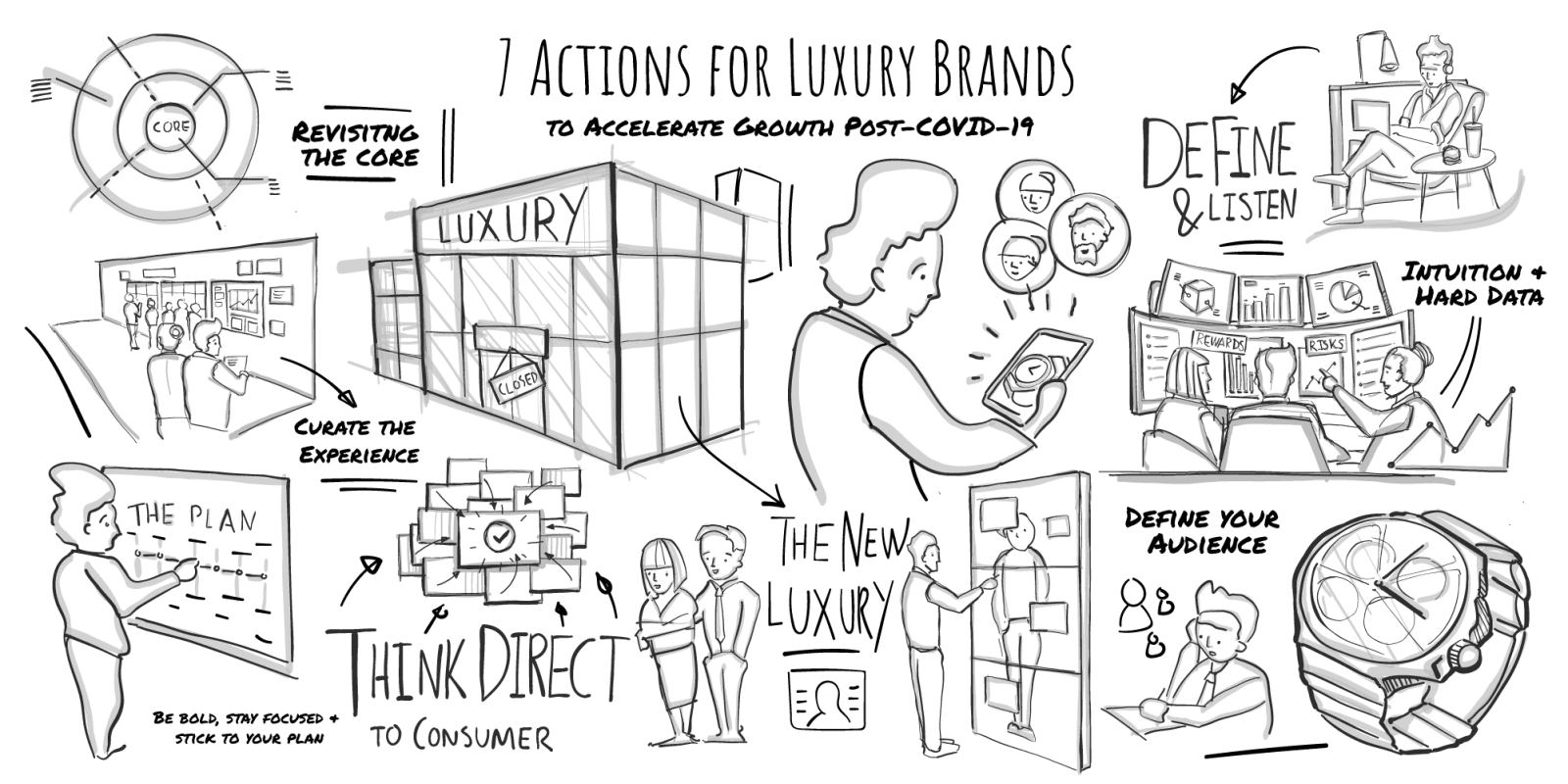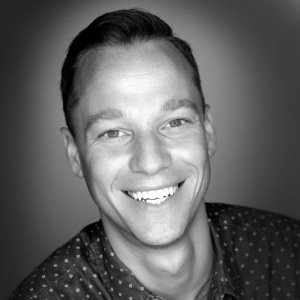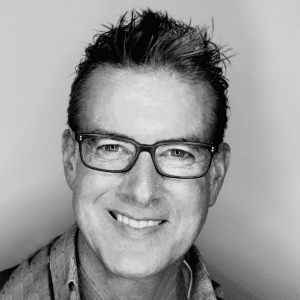BLOG
Brand Voice in a Crisis: What to Say When We’re All Speechless
A strong voice gives messages power, making a sprawling corporation feel like a single human.
The first time I was hired to develop a brand voice for a company was in 2008. Times were tough for a lot of corporations, and my client—a big, famous, legacy tech company—was no exception. They were feeling the effects of the financial collapse. Bleeding capital. Losing customers. Even the headquarters seemed stuck in the glory of the previous decade.
At the time, brand voice was quickly rising as a tool every brand had to have in its arsenal. Before that, people talked about “brand personality” or “tone”, but it usually only got a half-page in a hundred-page Brand Guidelines book that covered things like font kerning and logo lockup. During that same moment, floating through the zeitgeist, was a sense that companies needed to stand for something more than just profits. The importance of having and promoting a strong brand purpose was on the rise. The economic fallout had created a general distrust after so many companies had acted in bad faith.
Companies that were driven towards a higher purpose, could better weather the times. As Nikos Mourkogiannis wrote in his book, Purpose: The Starting Point of Great Companies, “Not all companies have a purpose—but enduringly successful ones do.” Of course, having a purpose is not enough on its own. The organization around that brand must bring it to life through action and expression.
Enter brand voice.
As a person, my word choice and the way I speak express who I am and what matters to me. Brands are no different than people in that sense. A strong voice gives messages power. When individual writers and communicators across an organization can effectively unite around a clear style, rhythm, and point of view, it resonates with the people they are talking to and makes a sprawling corporation feel like a single human. Audiences, in turn, feel treated humanely. And, depending on the nature of the company and its voice, consumers can also feel cared for. Or amused. Or understood. Or put at ease. It all depends on who the company is—really, truly, deeply—and what it stands for.
Back in 2008, my client needed its audiences to get to know the company again, to believe that their positive memories added up to a brand they could trust. And in order to create a voice that could do that effectively, we had to get to know the company at a soul level. We developed a way of talking and writing that represented who they’d been and where they were going. We trained stakeholders to use this voice to connect with the needs, desires and emotions of their audiences, to help strengthen positive feelings and make the people they spoke to feel cared for and confident. And it helped the company know what to say and how to say it, even in a crisis, when a lot of the news was bad news.
“We trained stakeholders to use this voice to connect with the needs, desires and emotions of their audiences, to help strengthen positive feelings and make the people they spoke to feel cared for and confident.”
And here we are again. Another crisis—or crises. We see brands trying to insert themselves into the reality we all face daily. In the days after we were all ordered inside due to the pandemic, and then, again, after the murder of George Floyd, our inboxes were flooded with messages from brands. Some of these messages were drawn from the core beliefs of the company. For example, Ben & Jerry’s issued a call to “dismantle white supremacy” in the wake of the protests, and it did not feel like lip service because it aligned with who they had always been. Bratz dolls came right out with a statement that quoted Desmond Tutu—and people responded positively in part because Bratz dolls had always promoted diversity and inclusion. As one twitter user said, “Bratz was the first toy brand I remember that really popularized black/minority ethnic dolls…They’ve been amazing for years!”
These were the messages that felt human, leaving us with a feeling of warmth, and a strengthened sense of loyalty. They used a voice that came out of who they are, what they’ve been, where they are going, what they believe. They were authentically drawn from each company’s real sense of purpose. Other companies felt the pressure to come out with a statement, too. But when they did not have the history to back up their words, the message felt hollow and patronizing.
So, the ultimate question. How can a company find an authentic voice to connect with people in crisis? Like all great changes, it begins with learning—who you are as a brand, and what you stand for.
- A brand voice makes it possible for communicators across an organization to express its core beliefs—which means that before you find your voice, you have to have a deep look at who you are and what really matters to you. Look at your history as a company. What have been the moments where you showed the world your true colors? When has your company taken an action because of a value other than profits? Make sure to build that purpose into the voice.
- A brand voice is a living, flexible tool that anyone can use—not just those of us who self-identify as writers. Start with big ideas about how you want to sound as a brand, finding a single persona or a short list (no more than three!) of attributes. But then, get granular. Find the tactics that everyone can employ every time they express themselves as the brand. Remember that the tool has to work for all circumstances, so help users learn to flex depending on the message and the audience.
- A brand voice can unite your employees and change the way you work for the better. Invest in training for all stakeholders and partners—and emphasize the importance of using the voice every day. In our experience, when leadership is really behind the implementation of the voice, that’s when it becomes a company-wide habit that affects the way work is done.
FINAL THOUGHTS
Brand voice is not a trend. Brand purpose is not just a mural on the wall behind reception. As we see in today’s ecosystem, when they are real and true and prioritized, these tools enable companies to express themselves with strength and resolve.
Then, when a crisis hits, there’s no need for soul searching. There’s no need to panic. The only thing to do is to let the purpose guide and the brand voice do its work, enabling messages and responses that come directly from the company’s core. And, in times of chaos and uncertainty, those are the voices we hear most clearly—and the voices we desperately need.
Learn more about Prophet’s verbal branding work and start using communication tools to express your brand and business strategy.










